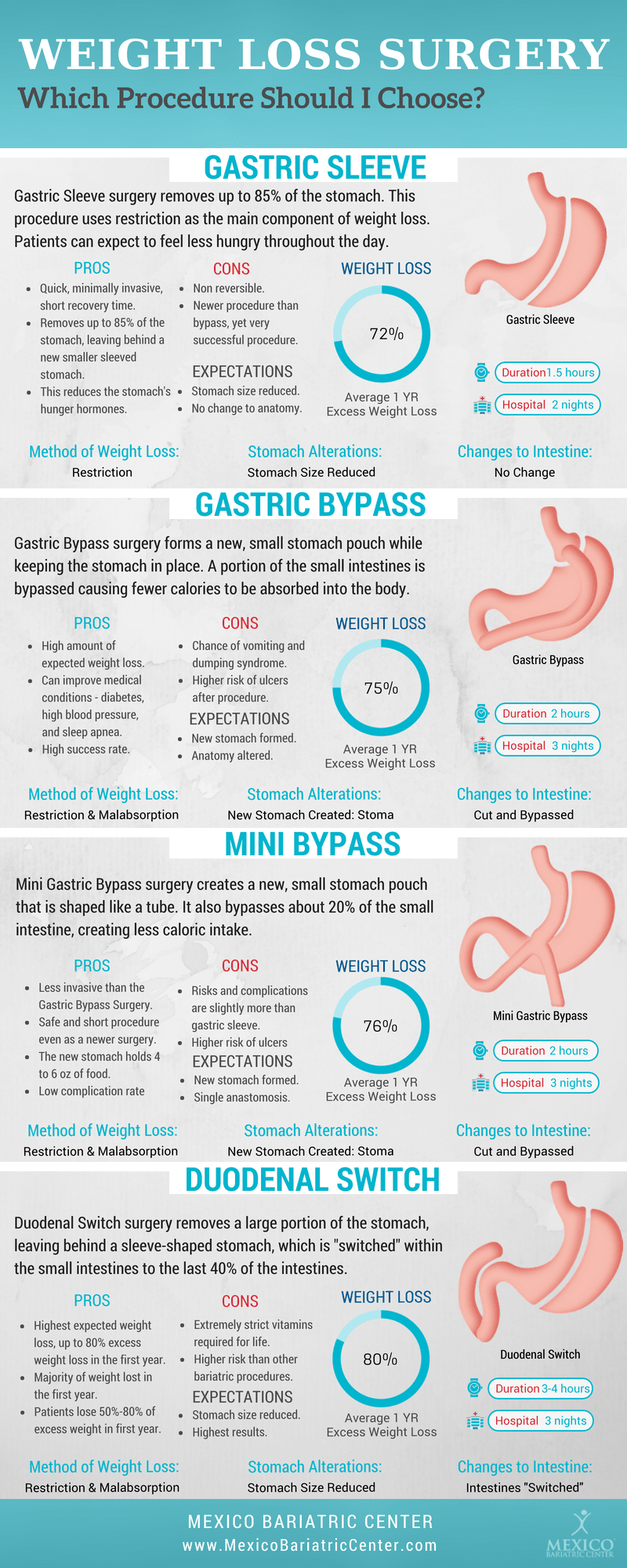How To Calculate The Cost Of Cold Laser Therapy
How To Calculate The Cost Of Cold Laser Therapy
Blog Article
What to Anticipate During a Cold Laser Method Session
Cold laser treatment is a non-invasive, pain-free therapy that helps reduce inflammation and improves cell regrowth. It is a safe alternative to invasive procedures and usually has immediate results.
Laser photons launch a chain reaction of chemical reactions within the cell that lower pain, swelling, and speed up healing. It increases blood circulation to the area by inducing vasodilation.
What to Anticipate
Cold laser therapy is a non-invasive therapy that utilizes low-level laser light to pass through deep into damaged cells, triggering cell feature on multiple degrees to promote tissue recovery. This helps reduce pain and swelling, while promoting muscle contractions and regrowth.
Throughout a session, you'll sit or rest easily and the expert will mark the areas on your body that requirement to be dealt with. The expert after that uses a small portable tool with the laser to the location. Throughout the treatment, you might feel a slight tingling or warmth in the location of your injury.
Prior to starting therapy, it is very important to cleanse the location of your injury and get rid of any fashion jewelry or other objects that might hinder of the laser's path. It's likewise essential to stay clear of any flammable materials that could be in the location of the laser beam of light. This will guarantee your safety and security and the efficiency of the therapy.
Prep work
Cold laser therapy works by radiating light on the surface of your skin. The light is taken in by the leading layer of your skin and after that boosts the cells to produce energy that promotes healing.
During the treatment, you might really feel a cozy or prickling experience in the area that is being treated. This is completely normal, though you ought to let the specialist understand if the sensation is uncomfortable or too solid.
This treatment has a great deal of promise for helping clients with terrible brain injury (TBI). The treatment is non-invasive and does not have any type of adverse negative effects. However, more research is needed to determine the optimum therapy procedure. The very best way to learn if you are a candidate for this sort of treatment is to seek advice from an experienced physiotherapist. They will certainly have the ability to assist you figure out if chilly laser treatment is right for you.
The Therapy
When the specialist has properly placed you for therapy, they will certainly then put the cool laser gadget on the injured location. They might keep it on for 30 seconds or longer, depending on the dimension of the injury and its sensitivity. They will make use of safety safety glasses to make sure that the laser does not straight strike the eyes, and they will certainly see to it that you are safeguarded from any glare that can happen.
You might feel a slight tingling sensation on the location that is being dealt with, but it will certainly not be unpleasant or unpleasant. This is a sign that the laser is working to promote the recovery procedure in the affected cells.
A lot of individuals experience discomfort relief within a couple of sessions, with some seeing long lasting results also after several months of treatments. It is essential laser therapy to keep in mind that LLLT is not indicated as a sole treatment for any kind of persistent discomfort problem and it must be coupled with other healing techniques in order to attain optimal outcomes.
Post-Treatment
After you rest or sit, the expert will certainly utilize a wand with a collection of light-emitting diodes to target your discomfort site. You will certainly wear safety eye goggles, and the laser might be hung on your skin for 30 to one minute. You may feel a mild, calming experience during the therapy.
The photons from the laser permeate deep into your tissue, triggering a recovery feedback on a cellular degree. Unlike other forms of laser treatment, this low-intensity approach does not develop heat.
Some studies have actually shown that cool laser treatment works in dealing with a variety of conditions, including persistent discomfort and wounds. Nonetheless, it is less extensively approved as a standard clinical technique, and it isn't covered by numerous health insurance plans. Furthermore, it is not recommended to be used over any questionable malignant sores or carcinomas or on expectant women. You ought to constantly seek advice from your oncologist before seeking this kind of treatment.